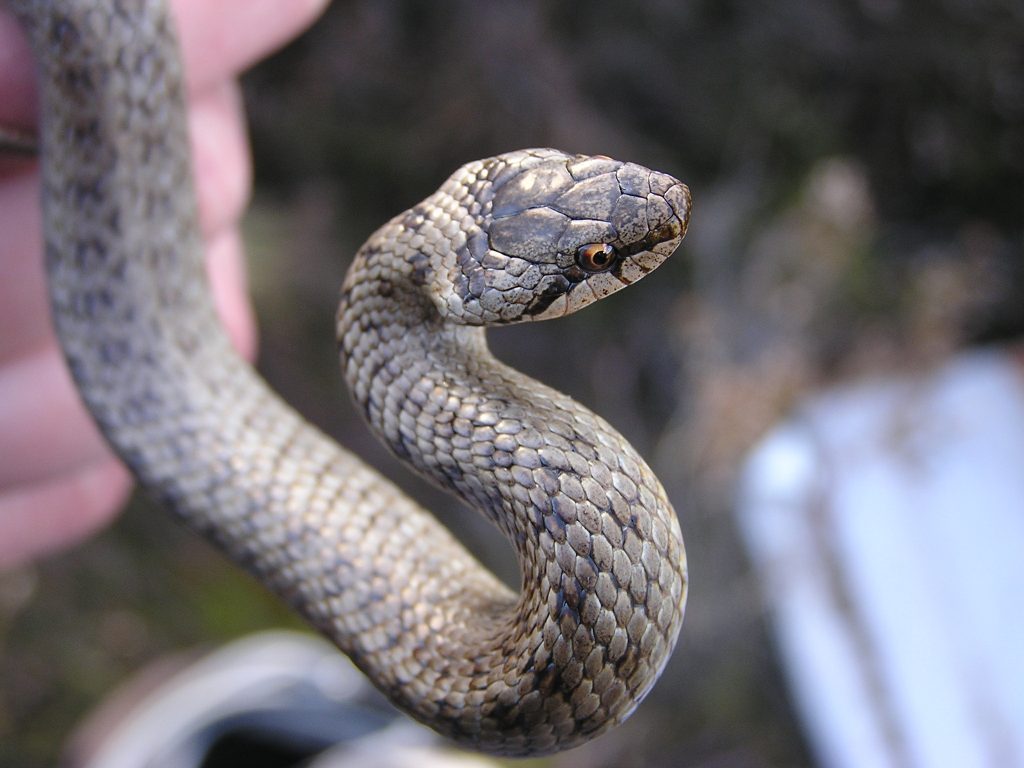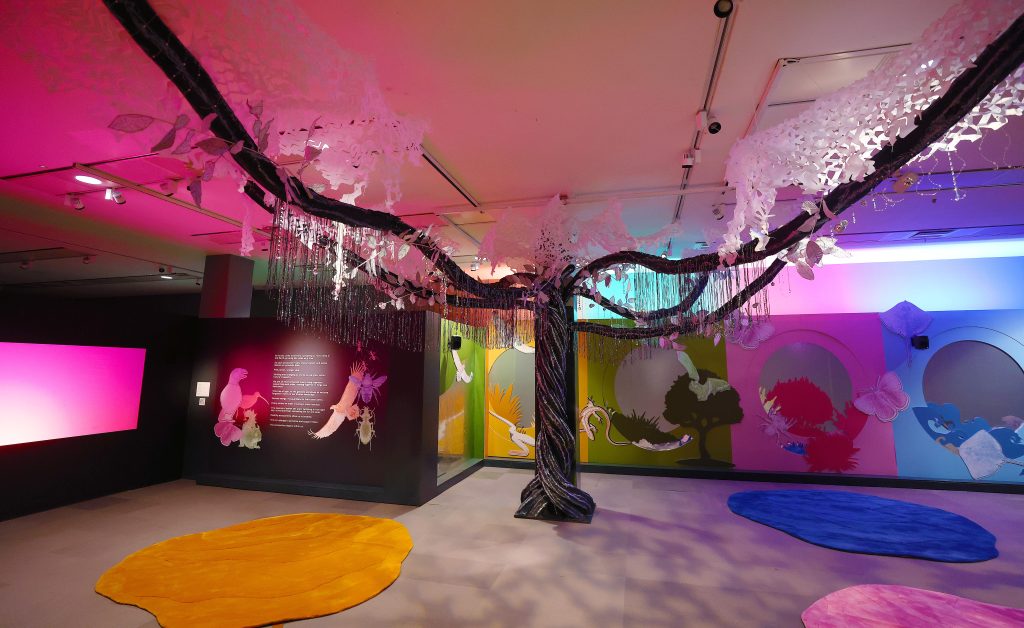any don’t even realise these species are from the United Kingdom, but Amphibian and Reptile Conservation (ARC) are on a mission to save our cold-blooded populations.
There are just 13 native species of amphibians and reptiles in the UK, but many are struggling to survive due to issues such as loss of habitat.
But, thanks to funding from The National Lottery Heritage Fund, the fight back is on with more than £4.4m invested into three ARC projects in recent years to help support some of the UK’s most endangered species.
The Natterjack Toad, Smooth Snake, and Northern Race Sand Lizards are the most recent species that ARC has worked to save. ARC Communications and Engagement Manager Anju Sarpal also hopes the hard work already done will help spread the word about the vital roles amphibians and reptiles play.
She said: “There are few people that are wild about amphibians and reptiles but the air that you breathe, the outside spaces that you walk in, the medicines you take and the books that you read all have connections with amphibians and reptiles.
“If you look at our literature, at our myths and legends, and our folklore, it is jam-packed full of connections with amphibians and reptiles.
“They are nature’s barometers. If you blow up their house they won’t move on, which means they can tell us about the soil condition, the air, the plants, and other animals that exist on that patch of land and how well it is doing.
“These animals really are quite useful but quite often they are forgotten. They are elusive by nature, they are very shy, they hibernate a lot, they are very small, but they have a mythical character attached to them.
“But people like to stamp on them or think they have escaped but they are our native species. Local communities seem to have such a disconnect with what is actually out there, they have no idea that these creatures exist.”
Populations have plummeted in recent years, with Sand Lizard numbers down 45% in a century while Natterjack Toads have declined by 70% over three decades in their most populous area in Merseyside.

Smooth Snakes have also seen their numbers cut due to loss of heathland to housing and agriculture but ARC projects such as ‘Snakes in the Heather’ have sought to halt the decline.
Volunteers have raised awareness of the decline as well as monitoring numbers and engage local communities, while similar project Sands in the Dunes has delivered 756 days of volunteer time to rebuild sand dune habitat for both natterjack toads and sand lizards.
It is part of almost £2bn of National Lottery funding that has been awarded to 4,600 land, nature, and biodiversity projects across the UK since 1994.
And Sarpal hailed the vital impact National Lottery grants have made to enable ARC to carry out the vital conservation work that will ensure Britain’s rare species remain for generations to come.
She explained: “We run about 20 projects simultaneously up and down the country. We are a wildlife charitable trust, and we look after and own over 80 nature reserves up and down the UK.
“We have that beautiful mix of being habitat restoration specialists, which means we physically have land, and we can repopulate it. We also provide science education all the way from five years old to post-graduate.
“We are part-landowner and part-scientists and ecologists. We focus on repopulation, monitoring, and education.
“What The National Lottery has enabled us to do is engage with the wider community. We can also support other organisations and projects that need a herpetological aspect to their work. They may be doing a project and need that specialism.
“There are only 54 of us across 80 sites so we are spread pretty thin but National Lottery funding enabled us to get an army of volunteers together and train them up in monitoring and to clear habitats to make it appropriate for that species.”

During COP28, The National Lottery has unveiled an immersive exhibition, Habitats of Hope, created by Georgia Tucker at Horniman Museum and Gardens, to bring awareness to various species that face extinction. The exhibition showcases the positive impact of the £30 million raise every week by National Lottery players for good causes has had on preserving land and nature across the UK.
Eilish McGuinness, Chief Executive of The National Lottery Heritage Fund, said: “In the UK, one in six species are at risk of extinction, from the beloved hedgehog to the lesser-known Narrow-headed Ant. Every species plays a significant role in the natural ecosystem, whether it be pollinating our food crops, reducing flooding, or decomposing and recycling our waste.
“The ‘Habitats of Hope’ exhibition spotlights the vital work that our nature organisations do in protecting our unique natural heritage.
“Through our new 10-year strategy, Heritage 2033, the National Lottery Heritage Fund will be investing even more in helping nature to recover across both rural and urban landscapes, as well as helping more people to enjoy and connect with nature.”

